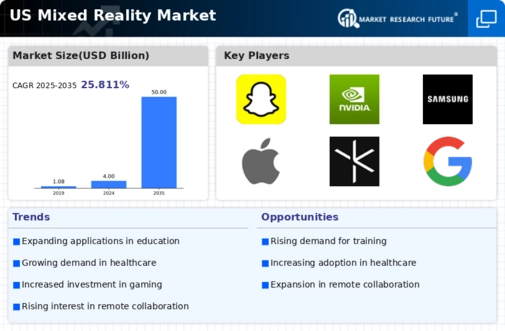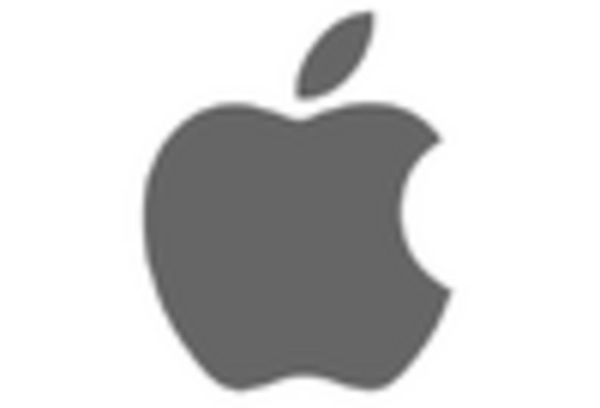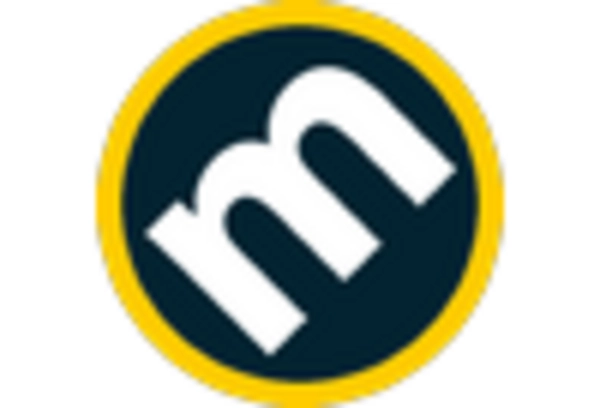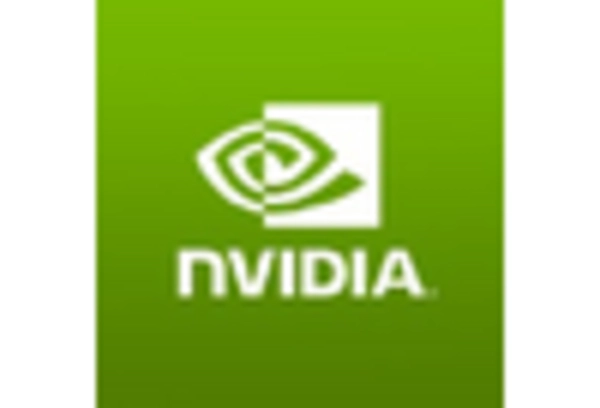Integration of Mixed Reality in Retail
The mixed reality market is increasingly being integrated into the retail sector, which may transform the shopping experience for consumers. Retailers are adopting mixed reality technologies to create immersive shopping environments, allowing customers to visualize products in their own space before making a purchase. As of 2025, the retail segment is anticipated to contribute around 15% to the mixed reality market. This integration is driven by the need for enhanced customer engagement and personalized shopping experiences. Retailers are leveraging mixed reality to provide virtual try-ons and interactive displays, which could lead to higher conversion rates and customer satisfaction. Consequently, this trend is likely to propel the growth of the mixed reality market.
Technological Advancements in Hardware
The mixed reality market is experiencing a surge in technological advancements in hardware, which is likely to enhance user experiences significantly. Innovations in headsets, sensors, and displays are making mixed reality applications more accessible and immersive. For instance, the introduction of lightweight, high-resolution headsets is expected to drive adoption across various sectors, including entertainment and training. As of 2025, the market for mixed reality hardware is projected to reach approximately $10 billion in the US, indicating a robust growth trajectory. This growth is fueled by increasing investments in research and development, which aim to improve the performance and affordability of mixed reality devices. Consequently, these advancements are likely to attract a broader audience, thereby expanding the mixed reality market.
Rising Interest in Training and Simulation
The mixed reality market is experiencing a rising interest in training and simulation applications, particularly in sectors such as manufacturing, aviation, and healthcare. Organizations are increasingly recognizing the value of mixed reality for providing realistic training environments that enhance learning outcomes. As of 2025, the training and simulation segment is projected to account for approximately 30% of the mixed reality market. This growth is attributed to the effectiveness of mixed reality in delivering hands-on experiences without the associated risks of real-world training. Companies are investing in mixed reality solutions to improve employee skills and safety, which may lead to a more competent workforce. Thus, the increasing adoption of mixed reality for training purposes is likely to drive the overall growth of the mixed reality market.
Growing Demand for Remote Collaboration Tools
The mixed reality market is witnessing a growing demand for remote collaboration tools, particularly in the wake of evolving workplace dynamics. Companies are increasingly seeking innovative solutions to facilitate virtual teamwork and enhance productivity. Mixed reality applications enable real-time collaboration, allowing teams to interact with 3D models and share insights seamlessly. As of 2025, the market for mixed reality collaboration tools is estimated to account for around 25% of the overall mixed reality market. This trend is driven by the need for effective communication in geographically dispersed teams, which is likely to continue shaping the landscape of the mixed reality market. Organizations are investing in these technologies to improve operational efficiency and foster creativity, thereby propelling the growth of the mixed reality market.
Increased Investment in Gaming and Entertainment
The mixed reality market is benefiting from increased investment in gaming and entertainment, which appears to be a significant driver of growth. Major gaming companies are exploring mixed reality experiences to create more engaging and interactive content. As of 2025, the gaming segment is projected to represent approximately 40% of the mixed reality market, reflecting a strong consumer interest in immersive gaming experiences. This investment is not only enhancing the quality of games but also expanding the audience base, as more players seek out innovative gaming solutions. Furthermore, partnerships between technology firms and content creators are likely to foster the development of unique mixed reality experiences, further stimulating growth in the mixed reality market.

















Leave a Comment